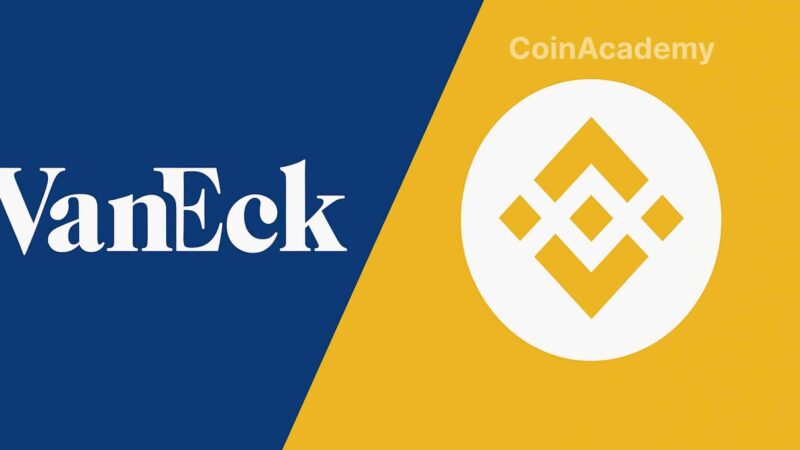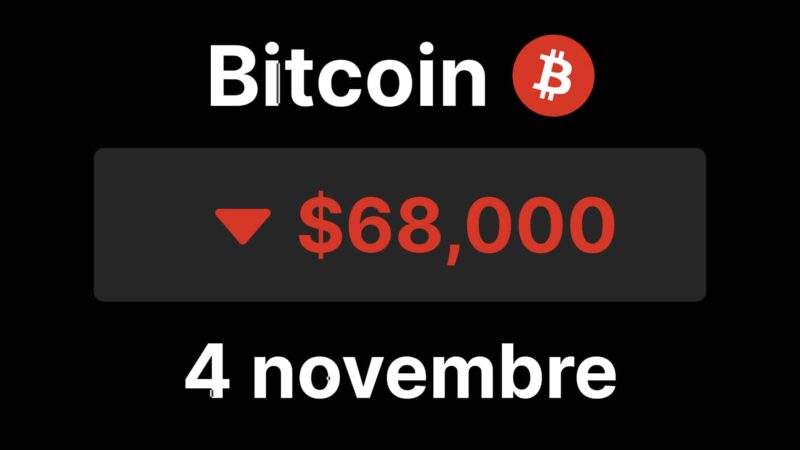The Founder of Blast Responds to Criticism of Its Protocol
The Blast protocol, a recently launched Web3 infrastructure, has reached a TVL of $400 million in just four days, defying criticism of its centralization. The network claims to be the only Ethereum L2 offering native yield for users who deposit ETH and stablecoins.
However, Jarrod Watts from Polygon Labs has expressed concerns about the network’s security due to its 3/5 multisig structure. He highlighted that if three out of the five private keys were compromised, attackers could hijack user funds.
Watts also challenged Blast’s claim of being a layer 2, suggesting that it is simply a system that accepts user funds to be staked on other protocols like the liquid staking platform LIDO. Furthermore, users do not have the ability to withdraw their funds. ‘There is no testnet, no transactions, no bridge, no rollup, and no transaction data being sent to Ethereum… it is not a layer 2,’ he stated.
The Blast Network Responds to Criticism
In response to the criticism, the Blast team asserted that their protocol is as secure as other layer 2 solutions such as Arbitrum and Polygon, acknowledging that security is a complex and nuanced issue. They emphasized the use of scalable contracts and the management of Safe keys in cold storage by an independent party, a practice considered effective for fund protection.
The Blast Founder Refutes Other Ponzi Accusations
Tieshun Roquerre, the founder of Blast, also known as Pacman, addressed the ‘misunderstandings’ surrounding Blast, ranging from memes to criticism comparing it to a Ponzi scheme.
He explained that Blast’s high returns come from legitimate platforms like Lido and MakerDAO and are a key component of the on-chain and off-chain economy, aiming to ‘democratize access to higher yields for everyone.’
‘The reason the returns in Blast seem too good to be true is because Blast makes those returns the default value for everyone,’ Pacman stated.




